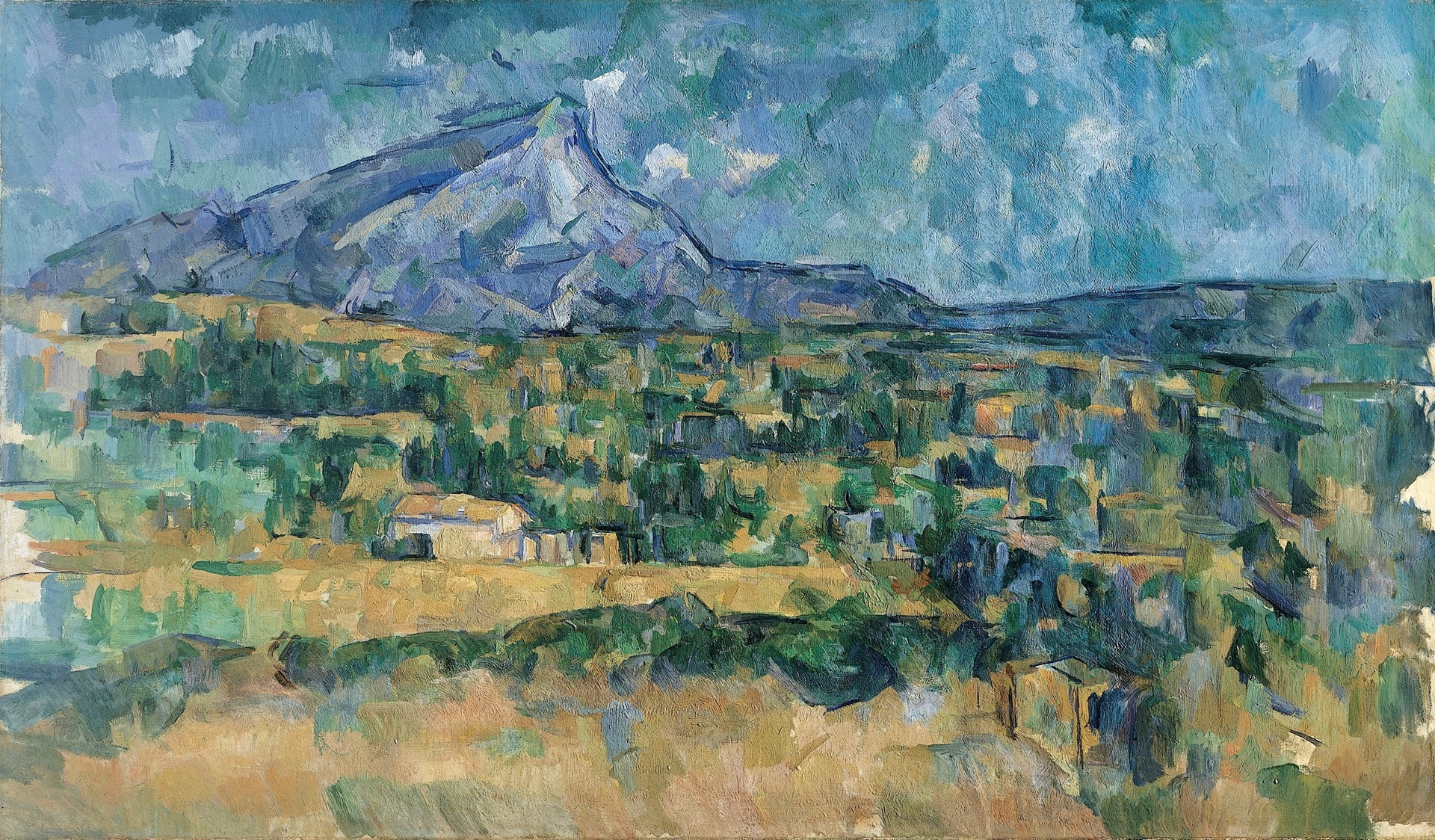The “Exposition d’Intérêt National” label was first created in 1999 to spotlight and support exhibitions in regional museums that stand out for their “originality”, their unique thematic approaches, and their innovative ways of engaging with the public.
The Cezanne year in Aix-en-Provence
Among this year’s highlighted exhibitions, one stands out: Cezanne au Jas de Bouffan at the Musée Granet in Aix-en-Provence (running through October 12). This internationally acclaimed show brings together nearly 100 works and is the result of collaborations with leading museums from the U.S., Europe, and Japan. It offers a fresh look at Cezanne’s art, “celebrating the unbreakable bond between the artist and his native land“. In 2025, the city is embracing a “Cezanne revival”—a long-awaited reunion with the man who helped shape its cultural identity.
The tribute “to the man, the artist and its work” includes not only the flagship exhibition but also the gradual reopening and restoration of his childhood home, his final studio, and a guided trail through the Bibémus Quarries, inviting visitors “deep into the landscape” that inspired so much of his work. This year marks the beginning of “a new cycle, bringing Cézanne back to the heart of the city he loved so deeply”.
Shadows and light: A Soulages retrospective in Montpellier
Another major cultural moment this summer is the retrospective of Pierre Soulages, one of the most famous artists of our era, in Montpellier. His first since his passing, and a highlight marking the 20th anniversary of his landmark donation to the Musée Fabre (open through January 4, 2026). As the regional contemporary art authority for Occitanie recalls, Soulages first entered the museum in 1941 as a young art student, “an encounter that would leave a lasting mark on his artistic vision”. More than 60 years later, he honored that “connection by donating 20 works to the museum”, deepening an already unique bond. This exhibition pays tribute to that “legacy”, inviting visitors “into the world of the master of black and light“.
From Camille Claudel to Flemish festivities, art deco, and Matisse
Other must-see exhibitions under the national label include:
- “In Camille Claudel’s Time: Being a Woman Sculptor in Paris… and Beyond”, a multi-site show across the Camille Claudel Museum in Nogent-sur-Seine, the Museum of Fine Arts in Tours, and the Pont-Aven Museum. Running from September 13 to January 4, 2026, the exhibition highlights Claudel’s place in a broader movement of women sculptors around 1900 who broke through societal constraints and gained recognition in a male-dominated field. These pioneering artists are finally stepping out of the shadows.
- “Flemish Festivities” in Lille (through August 31)—a vibrant journey into public celebrations of the 16th and 17th centuries, from city parades to village fairs and royal feasts. Through more than 100 objects—paintings, engravings, drawings, and musical instruments—the show explores collective joy and ritual in shared public space.
- “Well-Behaved? Childhood through the Artist’s Eye” in Bordeaux (through November 3)—an exhibition exploring “how children were seen and portrayed in French society between 1790 and 1850”. Blending academic art and the emerging medium of photography, the show moves from idealized innocence to “child soldiers, orphaned princes to working kids and child prodigies—offering a rich, nuanced portrait of childhood in art”.
- Celebrating 100 Years of Art Deco in Valence (Drôme)—“Regional Art Deco: Overlooked Modernities” (through January 11, 2026) challenges the idea that Art Deco was only a Parisian style. The exhibition showcases “how regional artists, architects, designers, and craftspeople embraced the movement’s language, such as geometric lines, stylized patterns, bold colors” through more than 300 works. A related exhibition also runs in Limoges.
- “Matisse and the Mediterranean” in Nice (through September 8)—as the Musée de Nice points out, “the Mediterranean was a lifelong source of inspiration for Matisse. From his first trip to Corsica in 1898 to his decades in Nice (1917–1954), and journeys through Algeria, Spain, Italy, and Morocco, the sea shaped his vision”. This exhibition retraces “his artistic path through the Mediterranean lens, spotlighting the places that left a lasting imprint on his work”.
